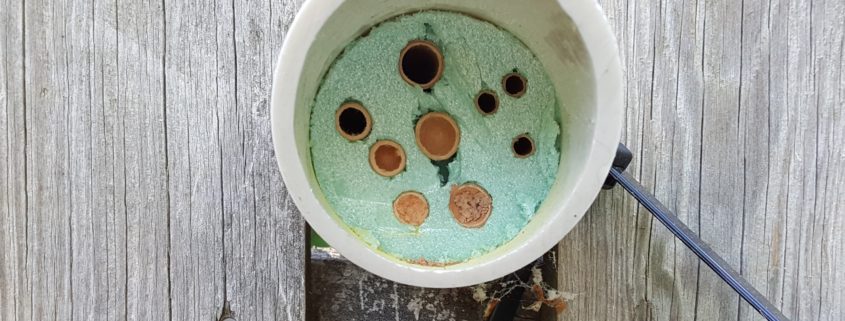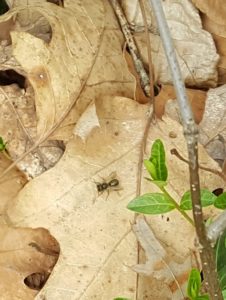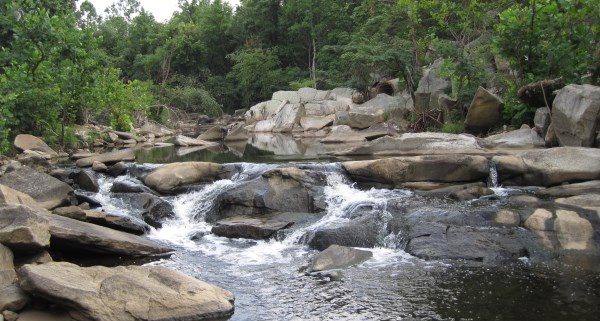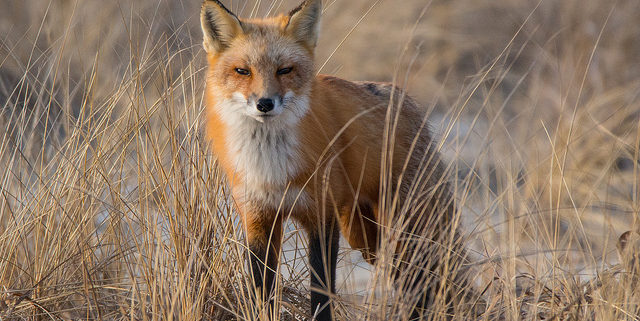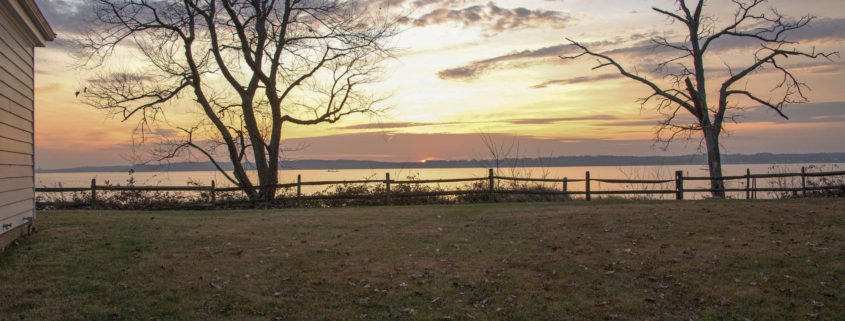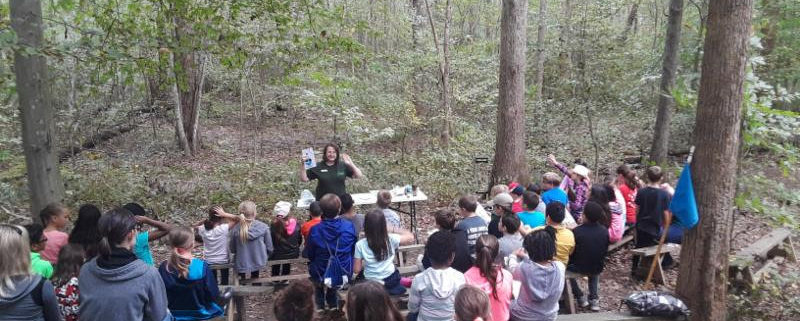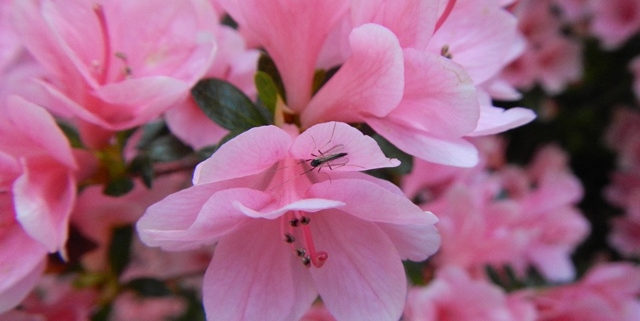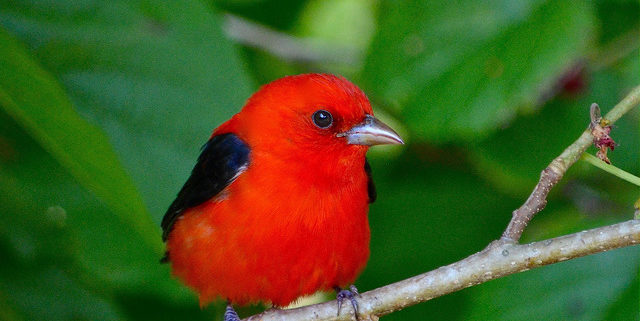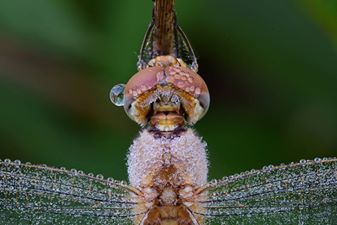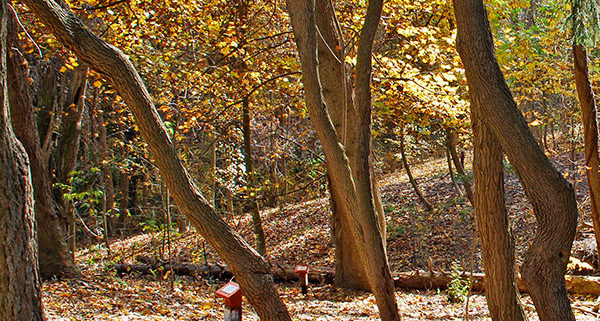Be a high school science fair judge starting Dec. 12th
Every year thousands of kids do Science Fair projects. Judges are needed to evaluate the projects done by our own Fairfax County high school students, and to give them an opportunity to practice their presentation skills. This is an opportunity to get to know a younger generation and to hear and challenge their thinking.
Judging typically occurs on a school day afternoon or evening, or on a Saturday morning. Judges work in groups according to their chosen fields within science, and judges are provided with the criteria to use in evaluating student work. Each judge is assigned to evaluate 8 to 12 specific projects, and each project is assigned to 2 or 3 judges. All the participating students with their projects are stationed in a large room until they have had the opportunity to present their project to their judges. Groups of judges meet afterwards to compare their evaluations of the projects and to identify those that should receive awards and be forwarded on to the countywide science fair. First time judges work with experienced judges to become familiar with the process, and some schools can even provide childcare for their judges!
About two dozen Fairfax County high schools will be having science fairs this winter, starting at Lee High School on Wednesday December 12, and continuing at other schools through February. The typical time commitment is four hours. This is a great opportunity to get to know teens who are working hard to gain skills and understand the world. You will be impressed with how many of them care about good environmental stewardship.
Let’s encourage them!
Contact Cathy Greulich [email protected] to match your availability with the location and dates of the science fairs at the various high schools, or contact your local high school to find their date and time.
(Fairfax Master Naturalists, record your hours as service project E152.)



